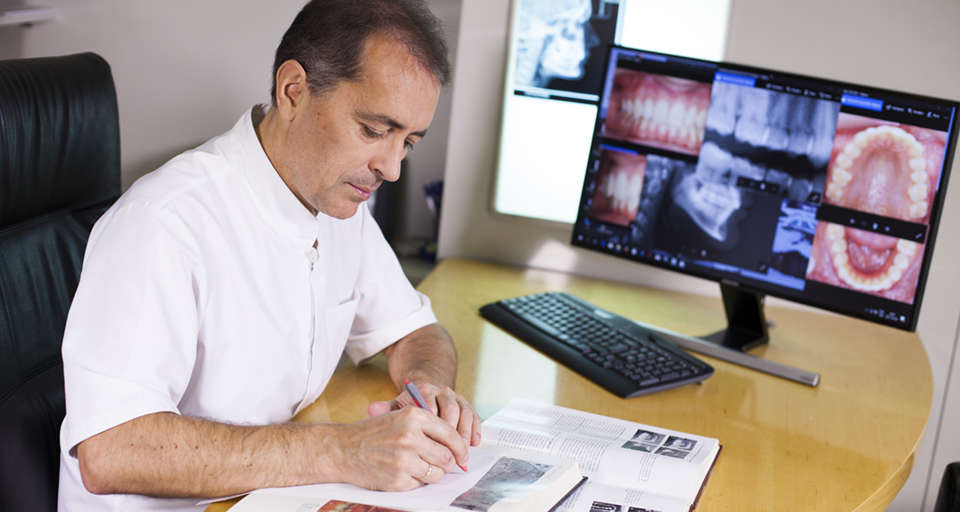Eur J Orthod. 2015 Dec;37(6):636-42. doi: 10.1093/ejo/cju104. Epub 2015 Feb 19.
Kuijpers MA(1), Desmedt DJ(2), Nada RM(2), Bergé SJ(3), Fudalej PS(4), Maal TJ(5).
Author information:
(1)*Department of Orthodontics and Craniofacial Biology, Cleft Palate
Craniofacial Unit and orthodontics@dent.umcn.nl.
(2)*Department of Orthodontics and Craniofacial Biology.
(3)Cleft Palate Craniofacial Unit and Department of Maxillofacial Surgery,
Radboudumc, Nijmegen, The Netherlands.
(4)Department of Orthodontics and Dentofacial Orthopedics, University of Bern,
Switzerland, Department of Orthodontics, Palacky University Olomouc, Olomouc,
Czech Republic.
(5)Department of Maxillofacial Surgery, Radboudumc, Nijmegen, The Netherlands.
OBJECTIVES: Assess facial asymmetry in subjects with unilateral cleft lip (UCL),
unilateral cleft lip and alveolus (UCLA), and unilateral cleft lip, alveolus,
and palate (UCLP), and to evaluate which area of the face is most asymmetrical.
METHODS: Standardized three-dimensional facial images of 58 patients (9 UCL, 21
UCLA, and 28 UCLP; age range: 8.6-12.3 years) and 121 controls (age range 9-12
years) were mirrored and distance maps were created. Absolute mean asymmetry
values were calculated for the whole face, cheek, nose, lips, and chin. One-way
analysis of variance, Kruskal-Wallis, and t-test were used to assess the
differences between clefts and controls for the whole face and separate areas.
RESULTS: Clefts and controls differ significantly for the whole face as well as
in all areas. Asymmetry is distributed differently over the face for all groups.
In UCLA, the nose was significantly more asymmetric compared with chin and cheek
(P = 0.038 and 0.024, respectively). For UCL, significant differences in
asymmetry between nose and chin and chin and cheek were present (P = 0.038 and
0.046, respectively). In the control group, the chin was the most asymmetric
area compared to lip and nose (P = 0.002 and P = 0.001, respectively) followed
by the nose (P = 0.004). In UCLP, the nose, followed by the lips, was the most
asymmetric area compared to chin, cheek (P < 0.001 and P = 0.016, respectively).
LIMITATIONS: Despite division into regional areas, the method may still exclude
or underrate smaller local areas in the face, which are better visualized in a
facial colour coded distance map than quantified by distance numbers. The UCL
subsample is small.
CONCLUSION: Each type of cleft has its own distinct asymmetry pattern. Children
with unilateral clefts show more facial asymmetry than children without clefts.
© The Author 2015. Published by Oxford University Press on behalf of the
European Orthodontic Society. All rights reserved. For permissions, please
email: journals.permissions@oup.com.
DOI: 10.1093/ejo/cju104
PMID: 25700990 [Indexed for MEDLINE]




